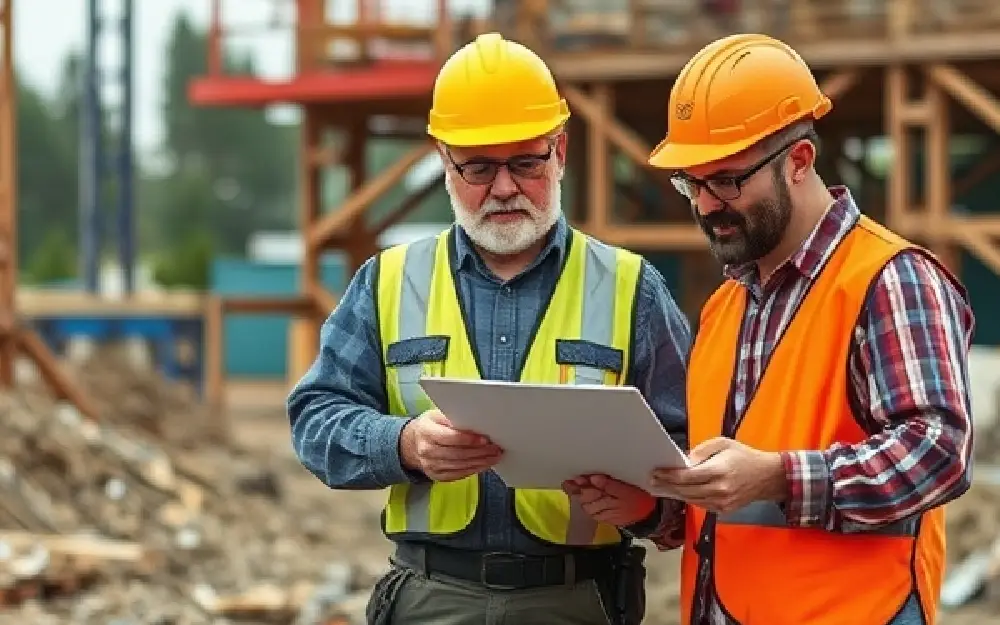
Key Responsibilities of an Owner-Builder: Navigating Your Construction Project
Taking on the role of an owner-builder can be a thrilling journey, but it also comes with a significant set of responsibilities. If you’re ready to manage your construction project, understanding your key duties is essential for success. Here’s a breakdown of what to expect.1. Vision and Planning
Define Your Goals
Start by clearly articulating your vision for the project. What do you want to achieve? Consider the style, functionality, and purpose of the space. This clarity will guide all your decisions moving forward.
Create a Comprehensive Plan
Develop a detailed project plan that includes timelines, phases of construction, and specific goals. This blueprint will serve as a roadmap, helping you stay organized and focused.
2. Budgeting and Financial Management
Set a Realistic Budget
Budgeting is one of the most critical aspects of your project. Estimate costs for materials, labor, permits, and contingencies. Be sure to set aside a buffer for unexpected expenses.
Track Your Spending
Keep meticulous records of all expenditures. Utilize budgeting tools or software to monitor your financial status and ensure you stay within your allocated budget.
3. Compliance and Permitting
Research Local Regulations
Familiarize yourself with local building codes and regulations. Understanding these requirements is crucial to avoid fines and ensure your project is compliant.
Obtain Necessary Permits
Secure all required permits before beginning construction. This process can be time-consuming, so start early to avoid delays in your project timeline.
4. Project Management and Coordination
Develop a Construction Timeline
Create a timeline that outlines each phase of your project. Regularly review progress against this timeline to stay on track and adjust as necessary.
Coordinate Subcontractors
As an owner-builder, you’ll likely work with various subcontractors (e.g., electricians, plumbers). Communicate clearly about expectations, timelines, and any changes to the project scope.
5. Quality Assurance
Maintain High Standards
Regularly inspect the work being done to ensure it meets your quality standards. Address any issues immediately to prevent them from escalating into larger problems.
Prioritize Safety
Safety should be a top priority on your construction site. Ensure that all workers adhere to safety guidelines and that the site is equipped with necessary safety gear.
6. Effective Communication
Keep Everyone In the Loop
Maintain open lines of communication with all parties involved in the project. Regular updates and meetings can help everyone stay aligned and address concerns proactively.
Document Everything
Keep detailed records of contracts, communications, and changes to the project. This documentation will be invaluable in case of disputes or if you need to reference past decisions.
7. Problem Solving and Adaptability
Tackle Issues Head-On
Construction projects can present unexpected challenges. Address problems as they arise, whether it's a delay in supplies or a design flaw.
Be Flexible
Remain open to adjusting your plans as necessary. Flexibility can help you navigate unforeseen obstacles and keep your project moving forward.
